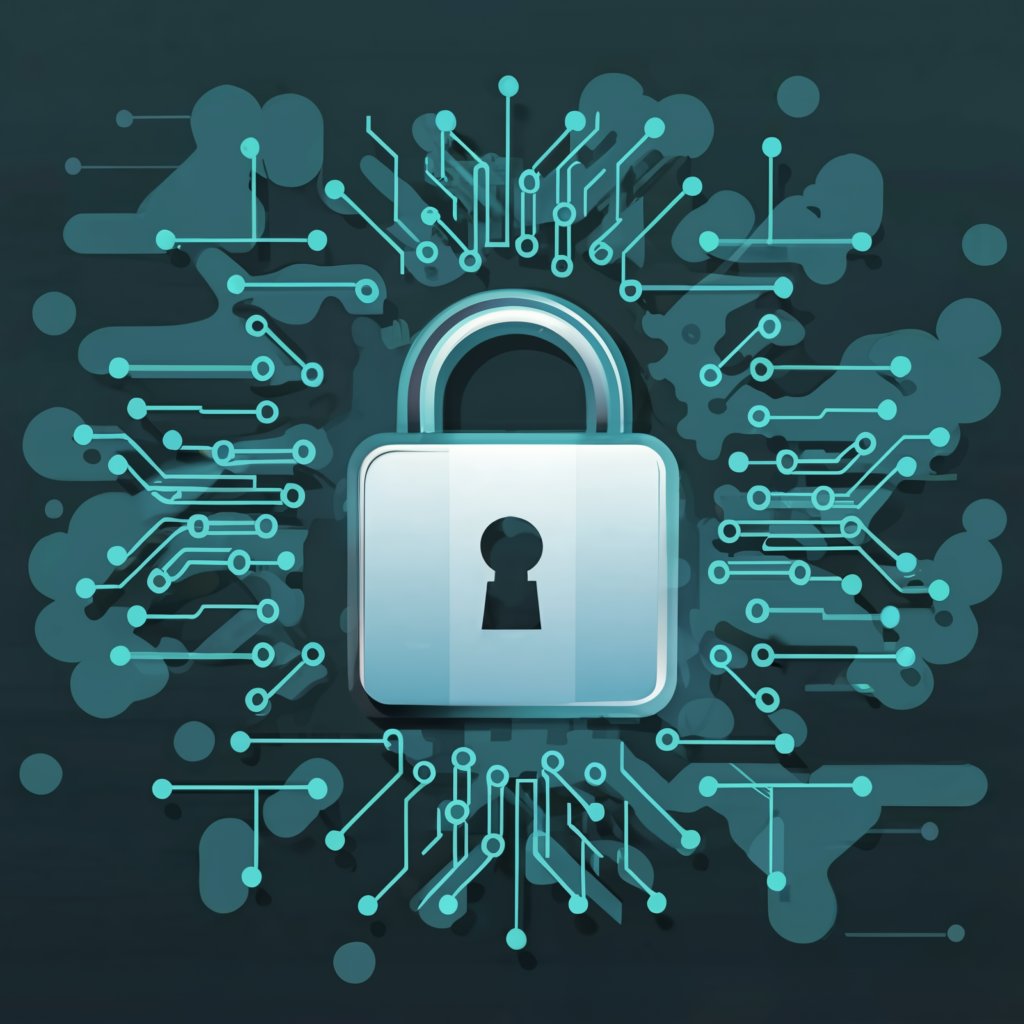Ransomware poses a significant threat to both individuals and organizations, using malicious software to encrypt data and demand payment for its release. This in-depth guide explores the complexities of ransomware attacks, offers prevention strategies, and provides effective response and recovery measures. Grasping the mechanics of ransomware, implementing strong security practices, and staying informed about the latest trends are essential for defending against this pervasive cyber threat.
Key Takeaways
- Ransomware attacks follow a kill chain process that can be disrupted with early detection and robust security measures.
- Employee education and a structured prevention checklist are crucial in reducing ransomware risks.
- Effective use of antivirus and Endpoint Detection and Response (EDR) tools is essential for identifying and mitigating ransomware threats.
- Resources like government and industry toolkits, as well as insights from Microsoft's ransomware reports, are invaluable for preparedness and protection.
- Staying informed about emerging ransomware trends and future tactics is key to adapting defenses and staying ahead of cybercriminals.
The Anatomy of Ransomware Attacks
Understanding the Ransomware Kill Chain
The kill chain concept is vital for understanding how ransomware attacks unfold. By breaking down an attack into distinct stages, defenders can better prepare and respond. A typical ransomware kill chain involves:
- Gain Access: Intruders find a way into the system.
- Escalate Privileges: Attackers increase their level of access.
- Target Data: They identify and focus on valuable data.
- Exfiltrate Data: Sensitive information is extracted.
- Remove Recovery Capabilities: Backup and recovery options are disabled.
- Deploy Ransomware: Malicious software is activated.
- Get Paid: Ransom is demanded for data release.
Understanding these stages helps in developing effective defensive strategies. Early detection, especially during the initial stages, can significantly reduce the risk of a successful attack.
Common Entry Points for Ransomware
Ransomware attackers use various methods to infiltrate networks, including:
- Email: Malicious attachments or links in emails.
- Unpatched Vulnerabilities: Exploited through known software weaknesses.
- Social Engineering: Deceptive emails, ads, or websites trick users into executing ransomware.
A multi-layered defense strategy—consisting of attack surface reduction, regular software updates, and user training—is crucial for combating these threats. Recognizing common entry points allows for proactive defense and early detection.
The Escalation and Spread of an Attack
Once inside a network, attackers often escalate their privileges to gain broader access and move laterally within the system. Key aspects include:
- Identification of Sensitive Data: Finding and targeting valuable resources.
- Exploitation of Security Gaps: Using weak passwords or vulnerabilities.
- Spreading the Attack: Using compromised credentials and trusted connections.
Effective monitoring and response are essential to detect and contain threats before significant damage occurs.
Best Practices for Ransomware Prevention
Employee Education and Awareness Training
A well-informed workforce is critical in defending against ransomware. Key training topics include:
- Recognizing Phishing: Identifying suspicious emails and links.
- Safe Practices: Handling email attachments and links securely.
- Reporting Procedures: How to report suspected threats.
- Password Management: Best practices for secure passwords and authentication.
- Regular Updates: Staying informed about the latest threats.
Automated solutions should complement employee vigilance, providing continuous detection and response capabilities.
Implementing a Ransomware Prevention Checklist
A comprehensive checklist helps fortify defenses against ransomware. Essential items include:
- Regular Updates: Keep systems and software patched.
- Antivirus and EDR Tools: Ensure they are up-to-date.
- Security Training: Conduct frequent employee training.
- Access Controls: Limit user rights based on roles.
- Backup Strategy: Protect backups from threats.
Testing security controls regularly, including audits and penetration testing, is crucial for maintaining resilience.
Utilizing Antivirus and EDR Tools Effectively
Antivirus and EDR tools are vital but not infallible. Improve their effectiveness by:
- Developing New Detections: Based on known ransomware behaviors.
- Reducing False Positives: Exclude known good behaviors.
- Testing Detections: Ensure they function correctly.
- Setting Alert Levels: Trigger effective responses.
A multi-layered approach with various anti-malware engines increases the chances of stopping both known and unknown threats.
Ransomware Response and Recovery Strategies
Developing an Incident Response Plan
A robust incident response plan is crucial for mitigating ransomware impacts. It should include:
- Identification and Containment: Detect and contain the breach.
- Eradication: Remove ransomware from the network.
- Recovery: Restore systems and data from backups.
- Communication: Report to stakeholders and manage transparency.
Regular testing and updates to the response plan are essential, including simulations and threshold alerting systems.
Backup and Restoration Techniques
Effective backup and restoration are key to mitigating ransomware damage. Best practices include:
- Regular Backups: Keep backups current and isolated.
- Backup Testing: Validate recovery capabilities.
- Immutable Backups: Ensure backups are resilient to ransomware.
Offsite and cloud backups offer additional security, but they must be robust against manipulation by ransomware.
Navigating the Aftermath of an Attack
After an attack, focus on restoring operations and preventing further damage. Key steps include:
- Isolate Affected Systems: Contain the threat.
- Assess Impact: Determine the scope and ransomware variant.
- Update Security Protocols: Address vulnerabilities.
- Engage in Investigation: Review attack vectors and improve defenses.
Utilize resources like CISA's Ransomware Response Checklist and industry reports to guide recovery efforts.
Leveraging Resources for Ransomware Preparedness
Government and Industry Ransomware Toolkits
Various toolkits offer guidance for strengthening defenses, including:
- Ransomware Response Checklist (CISA)
- Ransomware Guide (CISA)
- Ransomware Tips (CISA)
- Preparing for a Cyber Incident (US Secret Service)
- Ransomware Protection and Response (NIST)
Integrate these resources into regular training and cybersecurity protocols to enhance preparedness.
Key Insights from Microsoft's Ransomware Reports
Microsoft's research provides valuable insights into ransomware tactics and defenses. Key findings emphasize:
- Sophistication of Attackers: Advanced techniques and persistence.
- Multi-layered Defense: Anomaly detection and advanced attack detection.
Microsoft 365 offers tools for ransomware protection, including Microsoft Defender for Office 365 and Microsoft Defender for Cloud Apps, which help in identifying and blocking threats and recovering files.
Emerging Trends and Future Outlook on Ransomware
Analyzing Recent Ransomware Statistics
The financial impact of ransomware continues to rise, with significant ransom payments reported. The ransomware economy funds further criminal activities, highlighting the need for proactive defenses.
Predicting the Evolution of Ransomware Tactics
Anticipate evolving ransomware tactics, including more personalized phishing campaigns and exploitation of zero-day vulnerabilities. Adaptive defense strategies are essential to counter these advancements.
Conclusion
Understanding ransomware is crucial for effective defense. Combining robust security practices, employee education, and up-to-date knowledge of ransomware trends can significantly reduce risk. Utilize resources like CISA's toolkits and NIST guidelines to enhance your defenses. The fight against ransomware is ongoing, but proactive measures and preparedness can help ensure your data remains safe and secure.
Frequently Asked Questions
What is ransomware? Ransomware is malicious software that encrypts data and demands payment for decryption. It blocks access to systems or files until a ransom is paid.
How does ransomware spread? Ransomware spreads through phishing emails, malicious attachments, compromised websites, and software vulnerabilities. It can also propagate within a network once inside.
What are the best practices to prevent ransomware attacks? Best practices include employee education, up-to-date antivirus and EDR tools, strong access controls, regular software updates, and data backups.
Should you pay the ransom if your system is infected with ransomware? Paying the ransom is not recommended as it doesn’t guarantee data recovery and encourages further attacks. Focus on recovery and seek cybersecurity expert assistance.
What should be included in a ransomware incident response plan? An incident response plan should detail steps for identifying, containing, and eradicating the threat, recovering data, and communicating with stakeholders.
Can antivirus and EDR tools stop ransomware? While they are crucial, no tool offers 100% protection. They are part of a layered defense strategy and must be complemented by other security measures.

